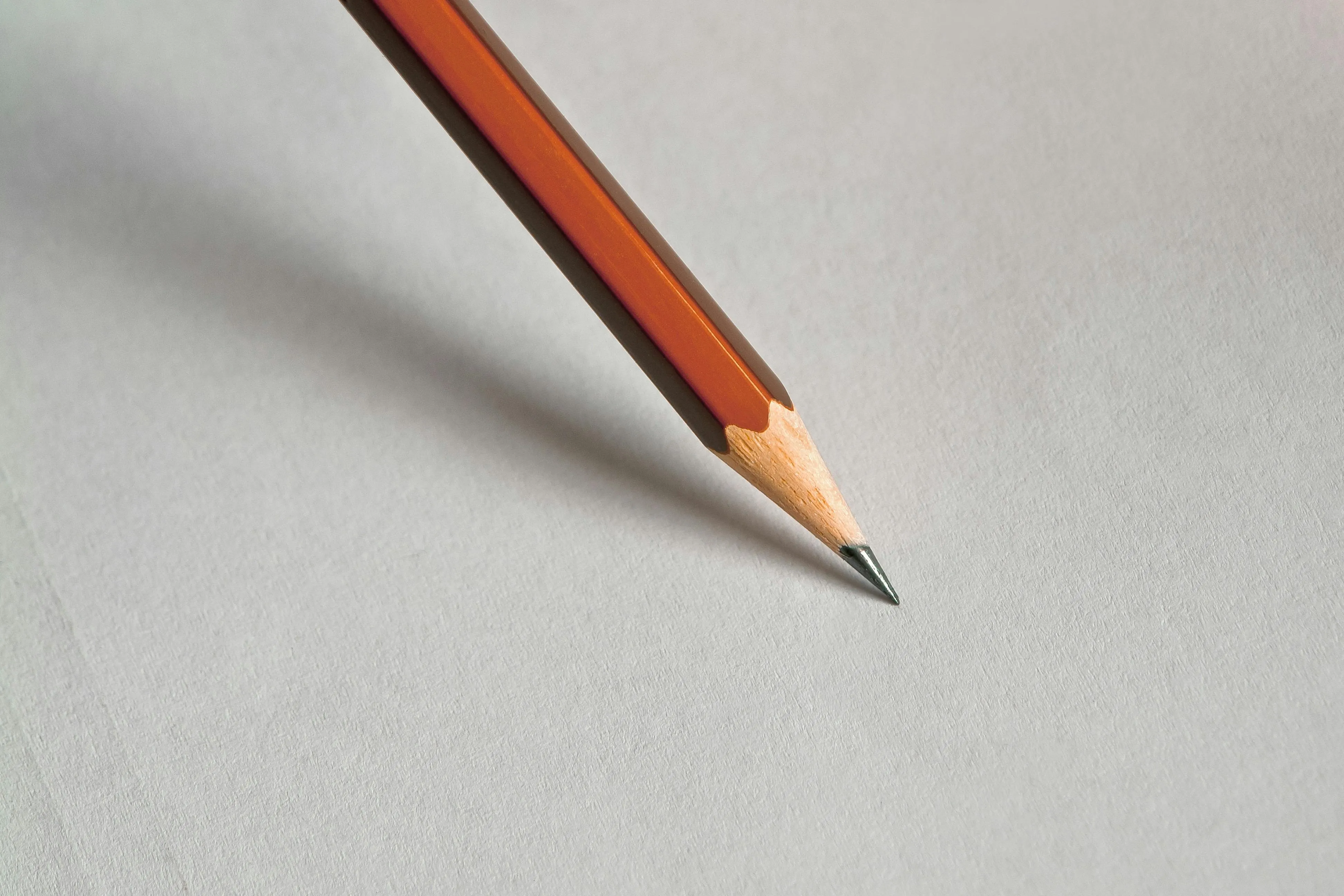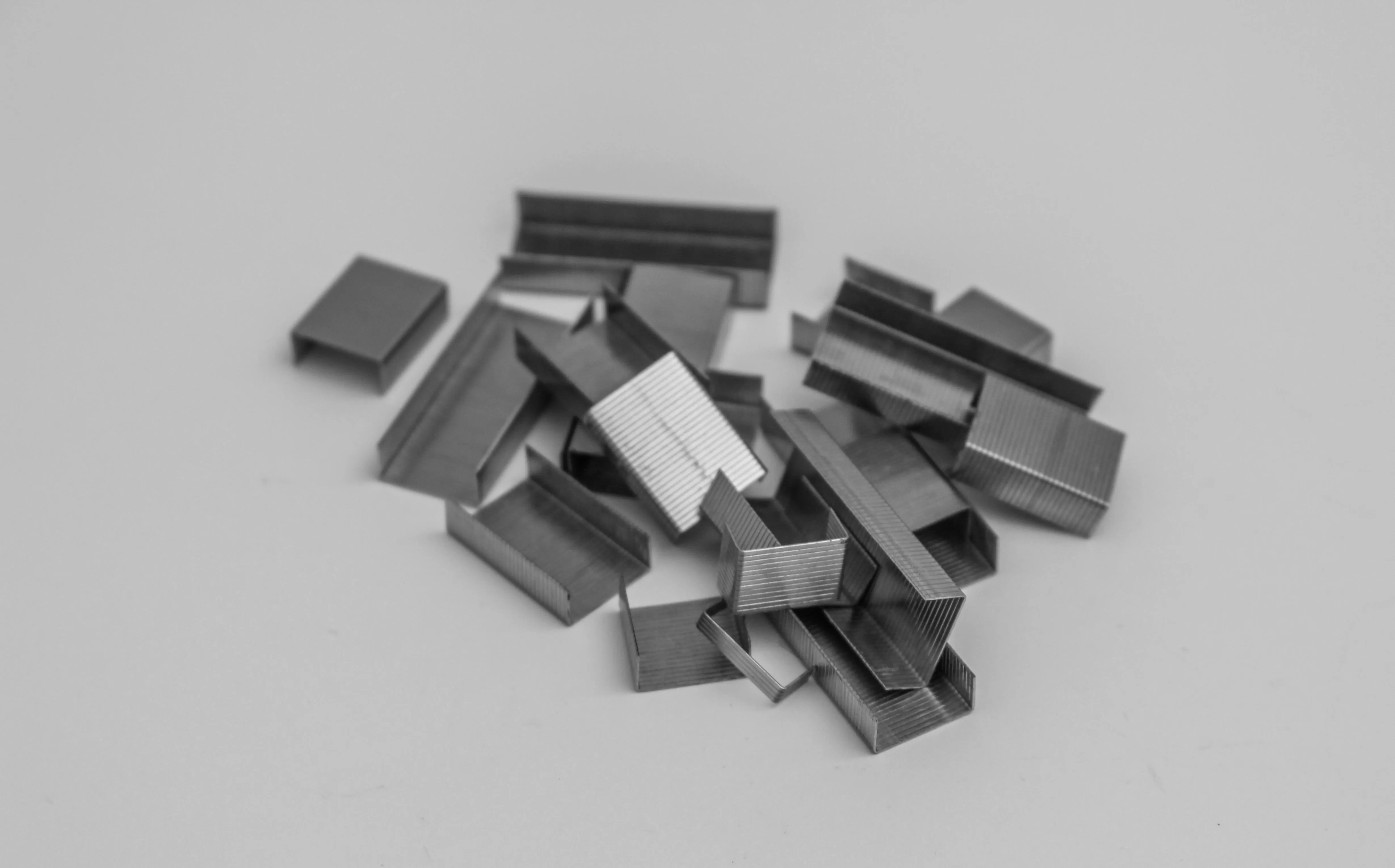How Long Is 1 Centimeter?

Let's talk about something small but mighty: one centimeter. Pretty sure we all have heard of it before. But how long is 1 centimeter? Well, get ready to know about this tiny measurement because we're about to explore just how big one centimeter really is!
How Big Is 1 cm
One centimeter, or as we say, "1 cm," is really a tiny dimension. Imagine a ruler in your hand, and you're looking at the smallest lines on it. Those tiny lines are centimeters.
Now, to really understand how big 1 cm is, let's compare it to some other dimensions.
For example, inches. They're another way we measure things, but they're a bit bigger than centimeters. In fact, one inch is nearly 3 inches long, or 2.54 centimeters to be exact.
Now, let's think about another common unit: feet. Ever heard someone say they're "5 feet tall" or that a room is "10 feet wide"? Well, one foot is made up of 12 inches. So, if we do the math, one foot is about 30.48 centimeters long.
If we talk about meters, meters are a bigger measurement unit used for long distances. One meter is equal to 100 centimeters. So, a meter is a hundred times bigger than a centimeter.
1 cm = 10 mm = 0.01 m = 2.54 inches = 30.48 ft
One Centimeter Examples
Centimeters are often used in everyday measurements. For example, measuring the length of a piece of paper or the width of your phone screen. They're handy for small things that need precise measurements.
But what objects are 1 cm long? Several everyday objects around us are pretty good examples of a centimeter. Here are some:
- The Width of Our Pinky Finger
- Diameter of a Pencil
- Length of a Staple
- Radius of a Grape
- Width of a USB C Connector
- The width of 10 CDs stacked
- The Thickness of a Notepad
- Height of a Lego Stud
1. The Width Of Your Pinky Finger

Image by Womanizer Toys from Unsplash
Take a look at your hand and notice how each finger has its own unique size and shape. Let's zoom in on the smallest of them all, your pinky finger. It can also help you understand how big 1 cm is.
The size may vary, but the width of an adult's pinky finger is approximately 1.5 cm - 2cm.
From one side to the other, you'll find it's very close to one centimeter. It's a handy little reference point that's right at your fingertips.
2. Diameter of a Pencil

Image by Pixabay from Pexels
One of the most common examples of a centimeter can be your regular pencil. From writing to drawing or sketching, pencils are small enough to fit in our hands comfortably.
And when we measure its width, it's about one centimeter. A standard pencil usually has a diameter of 7 millimeters. Since 10 mm makes one cm; this dimension gives a pretty good idea about 1 cm objects. Here's everything you may want to know about pencils!
Also, regular ball-point pens are around a centimeter wide.
3. Length of a Staple

Image by Dom J from Pexels
Another everyday object you can use as an example is a staple. Because the length of a staple can give us a good idea of how big one centimeter is.
The standard ones are the 23/6. Here 6 means the legs are each 6mm long. These are the ones we often use at home and office. So if you take the length of two such legs you get close to 1 cm. Here's our millimeter to centimeter converter for your ease of conversion.
Staples are versatile little things used for everything from binding papers to crafting projects. Their length may vary depending on the size of the staple. But they're often close to one centimeter in length.
4. Radius of a Grape

Image by Amos Bar-Zeev from Unsplash
You can also take a grape to get a good sense of the size of one centimeter. Because the radius of a grape is nearly 1 cm on average.
Of course, the size varies depending on the shapes and varieties. But on average, they are of the same size.
Grapes are not just tasty snacks; they can also help us visualize the size of one centimeter. But if you're wondering about some other food items, you can have a look at the size of a pea. Because that too is one centimeter.
5. Width of a USB Connector

Image by Marcus Urbenz from Unsplash
USB Connectors are one of the most common objects we regularly need. From charging our devices to transferring data, it's a must.
The standard width of a USB Type C connector is 0.84 cm. It's very close to one centimeter, making it a good example for our exploration.
Type A USBs are mostly familiar, approximately 1.4 cm in length. But USB Type C connectors are getting even smaller, replacing the other types (A and B).
6. The Height of 10 CD's stacked

Image by Phil Hearing from Unsplash
We all know about CD's. So you can easily imagine the thickness of a single CD even without having it near you. And stacking 10 CDs on top of each other can give a clear vision of 1 cm in length.
A CD has a thickness of 1.2mm. So stacking ten together takes you to 12 mm or 1.2 cm which is almost 1 centimeter.
So if you measure the height of this stack of ten CDs, you'll get around one centimeter-long measurement.
7. The Thickness of a Notepad

Image by Tirachard Kumtanom from Pexels
The thickness of a typical notepad is also close to one centimeter. Common spiral-bound notepads, with around 70 sheets, have this thickness or depth on average.
Notepads are very handy for making lists, taking notes, or doodling. There's something special about putting pen to paper and making your ideas real.
8. Length of a Lego Stud

Image by Xavi Cabrera from Unsplash
Our last example is the length of a Lego Stud. Those colorful bricks can actually help us understand just how big 1 cm is.
The dimension of a standard Lego brick (2X4) is 1.6 cm X 3.2 cm X 1.1 cm. So, a standard Lego stud is about one centimeter in depth.
So, if you're building with Legos, each little stud is about one centimeter. It's amazing how these tiny bricks can help us understand measurements in such a fun way!
Conclusion
So, we've seen how big 1 cm is. And how everyday objects can help us understand the size of one centimeter. From a regular pencil to the length of a Lego stud, these examples can help us make the 1 cm measurements.
Length Conversion
Convert mm to inch or km to mile or meters to feet or any unit to other now. Check out our Length Conversion Calculator!




